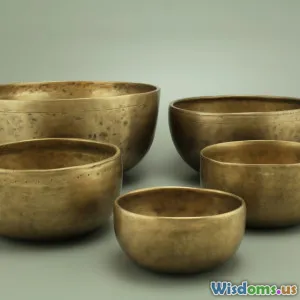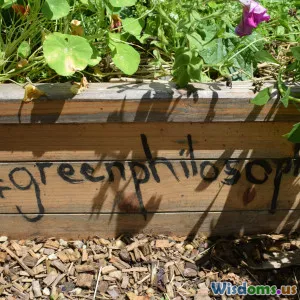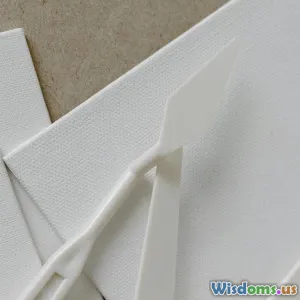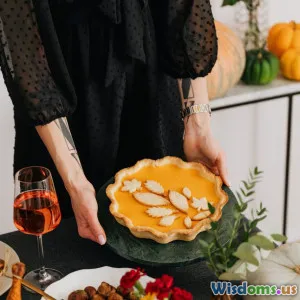
Can DIY Thanksgiving Decor Outsell Store Bought Trends
16 min read Explore if DIY Thanksgiving decor can surpass store-bought trends by examining consumer preferences, budget factors, and creative inspiration. (0 Reviews)
Can DIY Thanksgiving Decor Outsell Store Bought Trends?
Thanksgiving is a time for gathering, gratitude, and creating a warm, welcoming environment in our homes. Among turkeys and pumpkin pies, how we decorate our spaces plays a surprisingly influential role—not only in setting the scene for memorable celebrations but in driving a quietly growing economic movement. As big stores unveil new seasonal lines, a countertrend is flourishing: DIY (do-it-yourself) Thanksgiving decor. But can handmade charm and creativity rival or even outsell mass-produced, store-bought decor? Let’s dig into the numbers, creativity, and psychology behind Thanksgiving’s decorative battleground, and why DIY may be winning more hearts—and dollars—every year.
The Allure of Store-Bought: Why Big Retail Dominated

For decades, shopping for Thanksgiving decor meant a drive to national craft chains or big box retailers. The convenience is obvious: from glittering ceramic turkeys to pre-made wreaths and themed dinnerware, these stores create a single stop for every autumnal need. Their designs target mainstream tastes, capitalizing on research and trends to predict colors, themes (think “blessed” in cursive or plaid overload), and materials that consumers will embrace.
The numbers highlight retail’s grip: In 2022, the National Retail Federation reported that Americans spent an average of $325 on Thanksgiving-related items, with a sizeable portion going towards home decor and party wares. Brands like Target, Michaels, and Walmart heavily promote their holiday merchandise through circulars, in-store displays, influencer partnerships, and online content, strengthening the cultural association between Thanksgiving and these ready-to-buy products.
Yet there’s a growing sense among consumers—especially younger generations—that the uniformity and disposability of mass-produced decor miss the mark when it comes to authenticity and sustainability. That gap is where DIY has found fertile ground.
The DIY Revolution: Creativity, Cost, and Consciousness
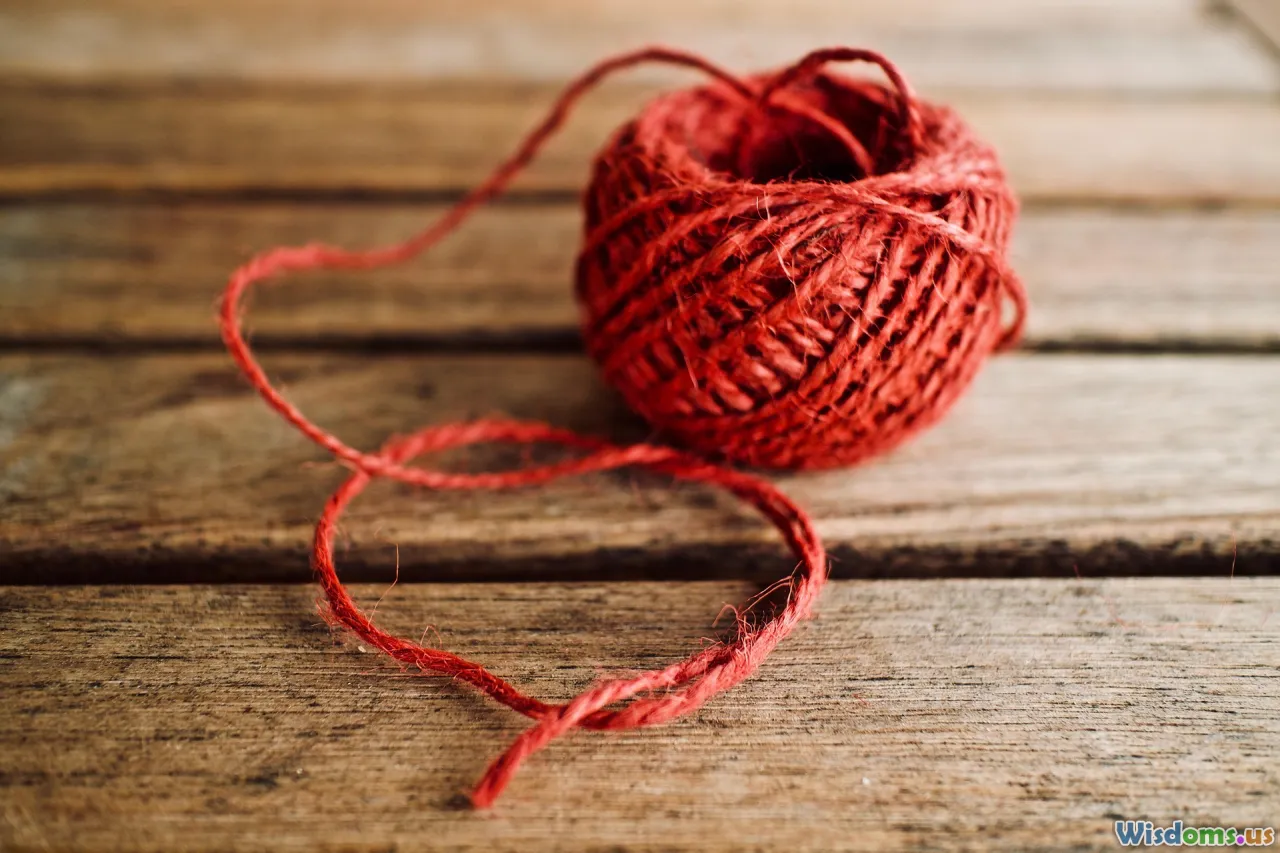
The pandemic years sparked unprecedented interest in handmade projects and home customization. Platforms like Pinterest and TikTok overflowed with DIY Thanksgiving centerpiece tutorials, upcycled napkin rings, and nature-inspired place settings. Many consumers discovered not only that they could make beautiful decor, but also that engaging in the process was a way to bond with loved ones, de-stress, and create deeply personalized tablescapes.
Examples of Trending DIY Thanksgiving Decor
- Natural Centerpieces: Dried orange garlands, eucalyptus branches, thrifted candlesticks, and mixed gourds arranged on a wooden board are trending across #tablescape feeds.
- Hand-Painted Place Cards: Home crafters are favoring watercolor leaf designs or calligraphy on heavy stock, bringing one-of-a-kind flair to each guest’s spot.
- Reusable Banners: Instead of disposable paper signs, families are sewing felt or linen banners painted with family mottos or quotations of gratitude.
- Upcycled Vessels: Leftover cans, jars, and bottles become vases or candle holders—painted or wrapped in twine for rustic warmth.
A 2023 survey by The Spruce found that 41% of respondents favored making their own Thanksgiving decorations, citing cost savings, eco-friendliness, and sentimental value as key drivers.
Social Media Marketplaces: Where Handmade Shines

Today, handmade doesn’t mean exclusively "at home." Platforms like Etsy, Instagram Shops, and Facebook Marketplace are bustling with independent makers selling their one-of-a-kind fall creations.
Etsy’s Surging Holiday Sales
Etsy’s 2023 holiday sales report revealed that “Thanksgiving decor” searches increased by 62% over the previous year. Not only are shoppers looking for unique centerpieces and tableware, they’re seeking out handmade napkin rings, personalized pumpkin place cards, and reusable wreaths—all of which are typically crafted by small sellers.
One seller, WhimsicalWoodworks, reported selling out her custom wood-burned gratitude cards by mid-October, despite raising prices by 18% to account for demand and materials. Sellers like her benefit from:
- Niche Customization: Shoppers can request family names, specific colors, or special quotes—features large retailers can’t easily provide.
- Sustainable Materials: Many makers promote environmentally friendly options, turning upcycled fabrics or forest findings into sought-after goods.
A 2022 study by Statista estimated the U.S. online market for handmade home goods (including seasonal decor) reached nearly $2.4 billion—a figure expected to climb as digital marketplaces integrate better discovery and checkout tools.
Comparative Analysis: Price, Quality, and Emotional Value
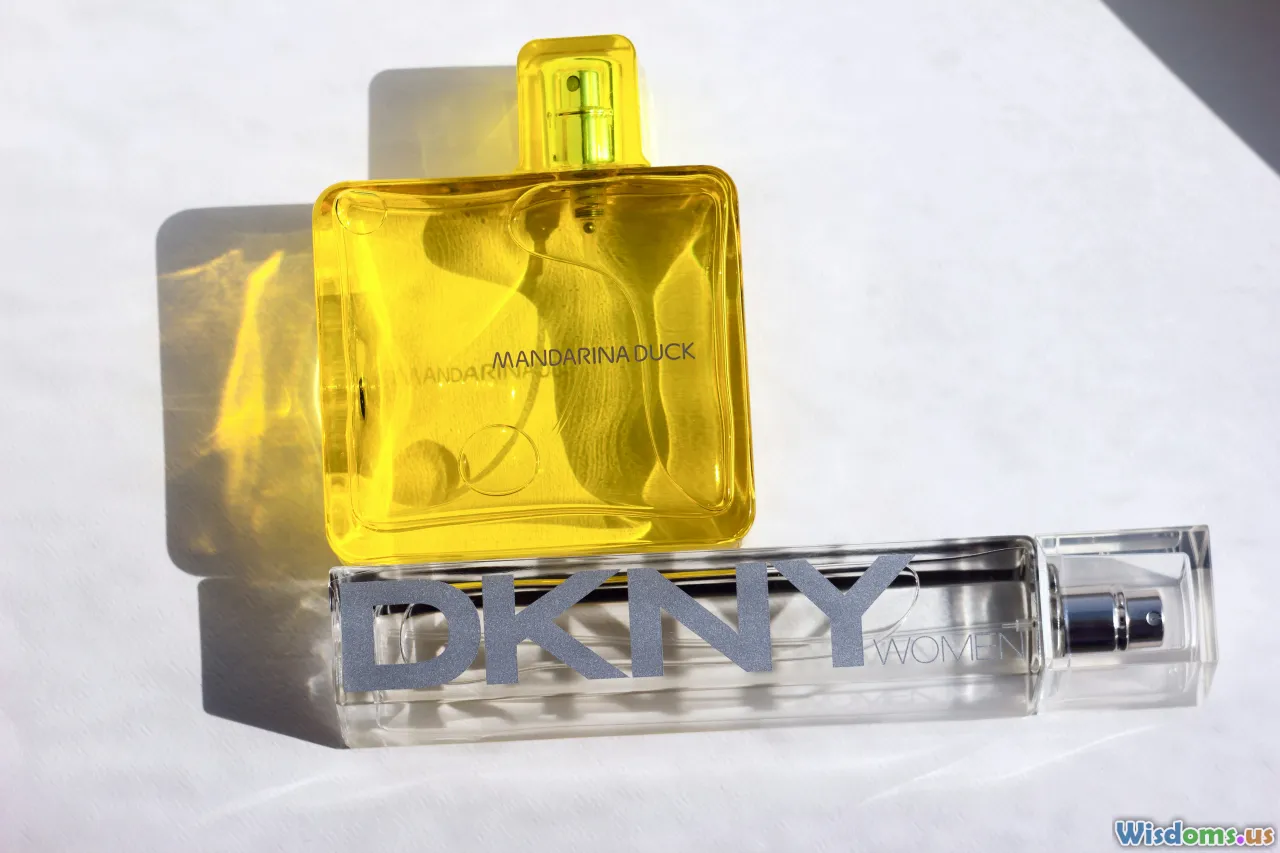
Price Breakdown
- Store-Bought: Decorative table runners from major retailers often range from $15–$60; centerpiece arrangements or faux pumpkins can hover between $20–$80, with specialty pieces going higher.
- DIY/Handmade: Piecing together a centerpiece with thrifted and natural elements can cost well under $20. Handcrafted items on Etsy run from $10–$50, with premiums for customization.
While store-bought may offer predictability and some budget options, the flexibility of DIY lets crafters control costs by repurposing materials from around the home or yard.
Quality & Uniqueness
- Mass Market: May suffer from uniformity, impersonal style, and sometimes lower-quality components designed for low cost/high margin production.
- Handmade/DIY: Often features creative materials, artisan-level attention, and the potential for sentimental storytelling behind each item. A handcrafted felt leaf garland or a set of hand-painted glasses can’t be replicated in big retail.
Emotional Resonance
Thanksgiving holds emotional weight as a holiday centered on gratitude and togetherness. Creating or purchasing unique handmade items often instills these values in physical form—through shared crafting sessions, family heirlooms in the making, or simply knowing no one else has an identical piece.
How to Outsell the Store: Keys to DIY’s Growing Dominance
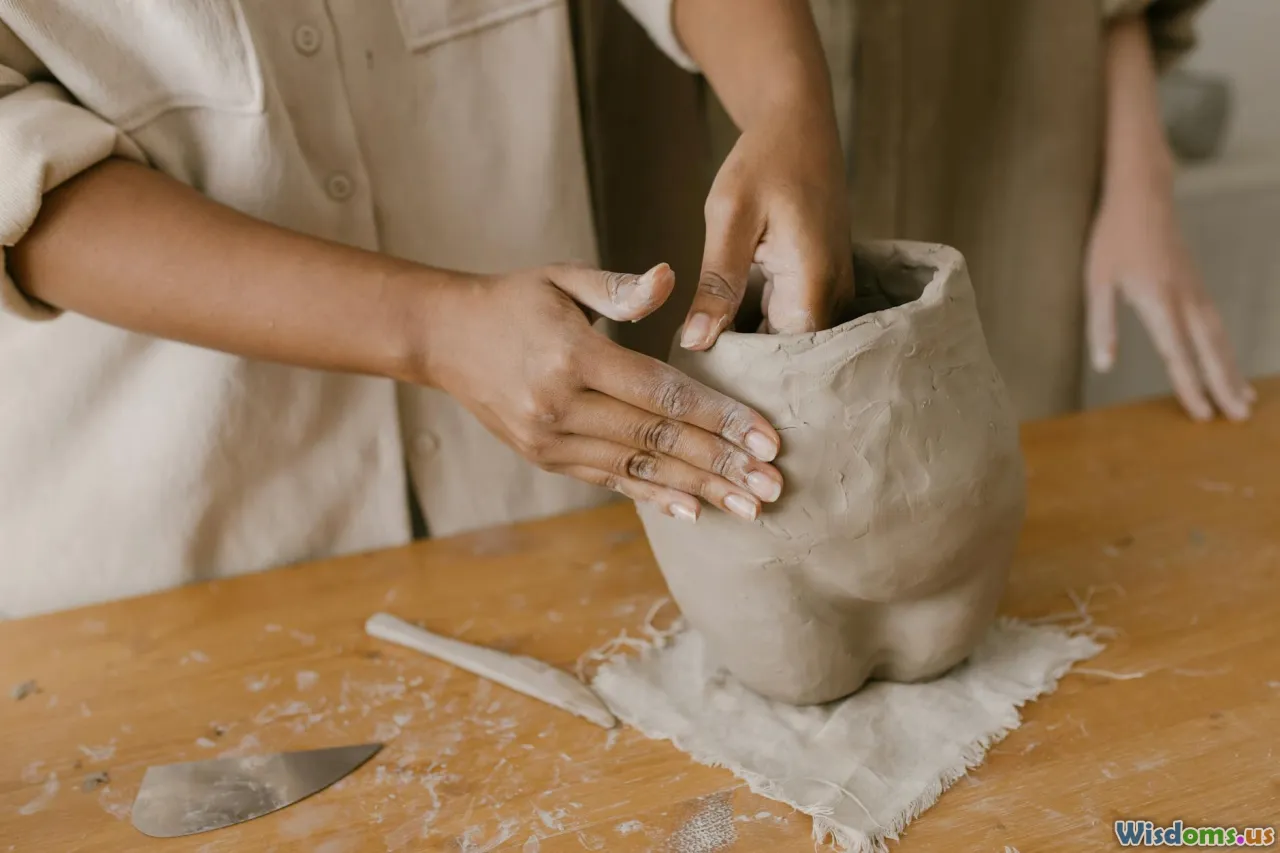
DIY decor makers and sellers are strategically positioned to compete—and often outperform—larger retailers in certain segments. Here’s how:
1. Leaning Into Trends—But With Originality
Successful DIY sellers identify buyer interests (natural textures, calligraphy, vintage finds) and interpret them through unique perspectives. For example, this year’s cottagecore aesthetic—characterized by dried floral garlands, antique-inspired wood crafts, and homespun table linens—resonates deeply with customers seeking warmth and nostalgia. Sellers who adapt these themes in unexpected ways (like fusing modern minimalism with classic motifs) consistently see the highest engagement online.
2. Offering Customization at (Almost) No Extra Cost
The ability to tailor decor—names, special dates, colors—to shoppers’ needs is DIY’s secret weapon. Unlike mass retail, which relies on economies of scale, individual makers can invest a little extra time for meaningful customer connections and sales.
3. Creating Experiences, Not Just Products
Many crafters host in-person or virtual workshops, encouraging community crafting or “friendsgiving” projects. Such events don’t just sell items: they invite participation and foster brand loyalty. Some makers bundle kits with instructions and private livestream tutorials, helping nervous first-timers craft their own centerpiece with guidance and encouragement.
4. Building a Story-Driven Brand
Buyers are drawn to the backstory: why a seller started crafting, where materials are sourced, who helps paint or sew. Storytelling transforms a banner or tabletop tree into a memory-in-the-making.
5. Tapping Into Local Markets
Pop-up markets and holiday fairs, which surged back post-pandemic, are another front where DIY sellers outshine big retail: shoppers can touch, smell, and experience creations directly, creating a tactile bond that’s rare in chain stores. Local makers can adapt quickly to community preferences (think regional flowers, sports affiliations, or inside-joke décor).
Sustainable Design: An Increasingly Crucial Factor
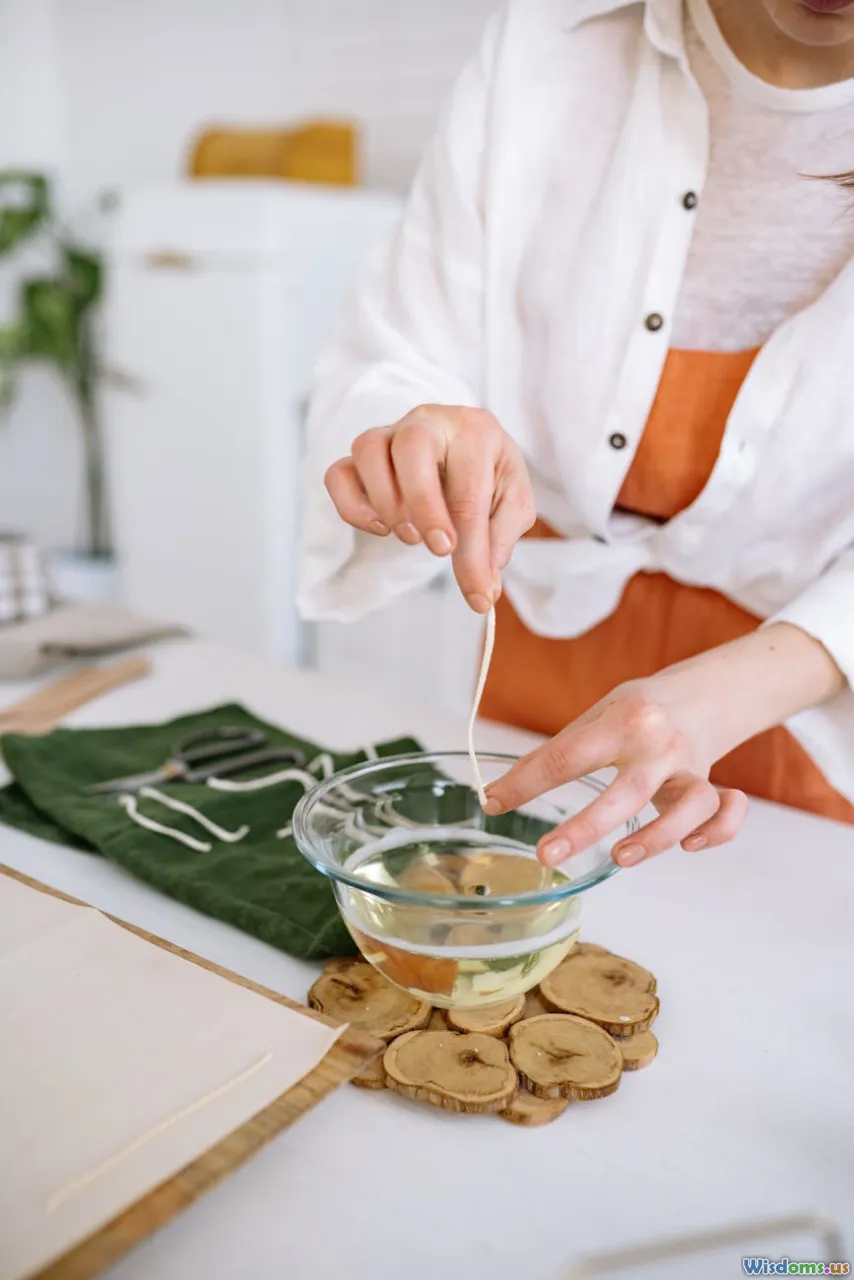
Today’s consumers, especially Millennials and Gen Z, are scrutinizing the sources and longevity of purchases—Seasonal decor is a common target for eco-aware shoppers.
DIY’s Eco-Friendly Edge
- Natural Materials: From pine cones to foraged bark and pressed flowers, DIY lends itself beautifully to compostable, recyclable, or reusable elements.
- Upcycled Projects: Transforming old sweaters into festive pillow covers or bottles into candle holders isn’t just frugal—it’s a creative response to wasteful consumerism.
- Durability: DIY often leads to pieces cherished and reused every year, in contrast with “disposable” novelty items filling clearance bins on Black Friday.
A 2022 report by Deloitte revealed that 53% of U.S. consumers are willing to pay more for sustainably sourced and crafted holiday decor, indicating a profound shift in what shoppers value around this tradition-filled time.
Actionable Advice: Crafting DIY Decor that Sells

Whether you’re making for your own home or selling to a wider market, here are actionable tips drawn from successful DIYers and shoppers alike:
- Source Seasonal Inspiration: Use nature’s bounty—branches, leaves, cranberries, pine cones—to keep materials affordable, beautiful, and biodegradable.
- Prioritize Versatility: Create multi-holiday pieces (table runners or lanterns that also work for Christmas or winter) to enhance value.
- Document the Process: Short how-to videos on Instagram or TikTok can drive both engagement and sales, showing your care and techniques.
- Bundle and Upsell: Pair napkin rings with matching table markers, or sell centerpieces with mini wreaths, encouraging larger orders and cohesive setups.
- Highlight Eco-Consciousness: Promote details about upcycling, sustainability, and reusability—this draws the increasingly influential green consumer.
- Create Seasonal DIY Kits: Put together easy-to-assemble centerpiece bundles with instructions, targeting last-minute crafters seeking a personalized touch minus the prep work.
- Capture Presentation Perfectly: Photograph your creations in natural lighting, styled on actual holiday tables—buyers want to see the finished vibe, not just the raw product.
Real-World Success Stories

Melanie Gomez, founder of Sunberry Craft Co., began by sharing Instagram stories of her upcycled table runners made from old linen curtains. Within two years, her Etsy sales topped $20,000, powered by repeat buyers who shared photos of her table settings during their gatherings. "People crave the feeling that someone made something just for them," she says. "They send me photos of grandma’s lace included in a runner, or say they cried unpacking personalized napkin rings. That's something a big-box can never replicate."
Another example: The White Acorn, a midwest craft studio, collaborated with a local florist on a Thanksgiving centerpiece kit blending dried florals with handmade clay accents. The 150 kits sold out via a combination of Instagram live crafting sessions, local craft fair booths, and coordinated posts from early buyers. Their approach—flexible, interactive, and connected—underscored the broader trend of experience-driven holiday purchasing.
The Future of Thanksgiving Decor: Hybrid or Handmade?
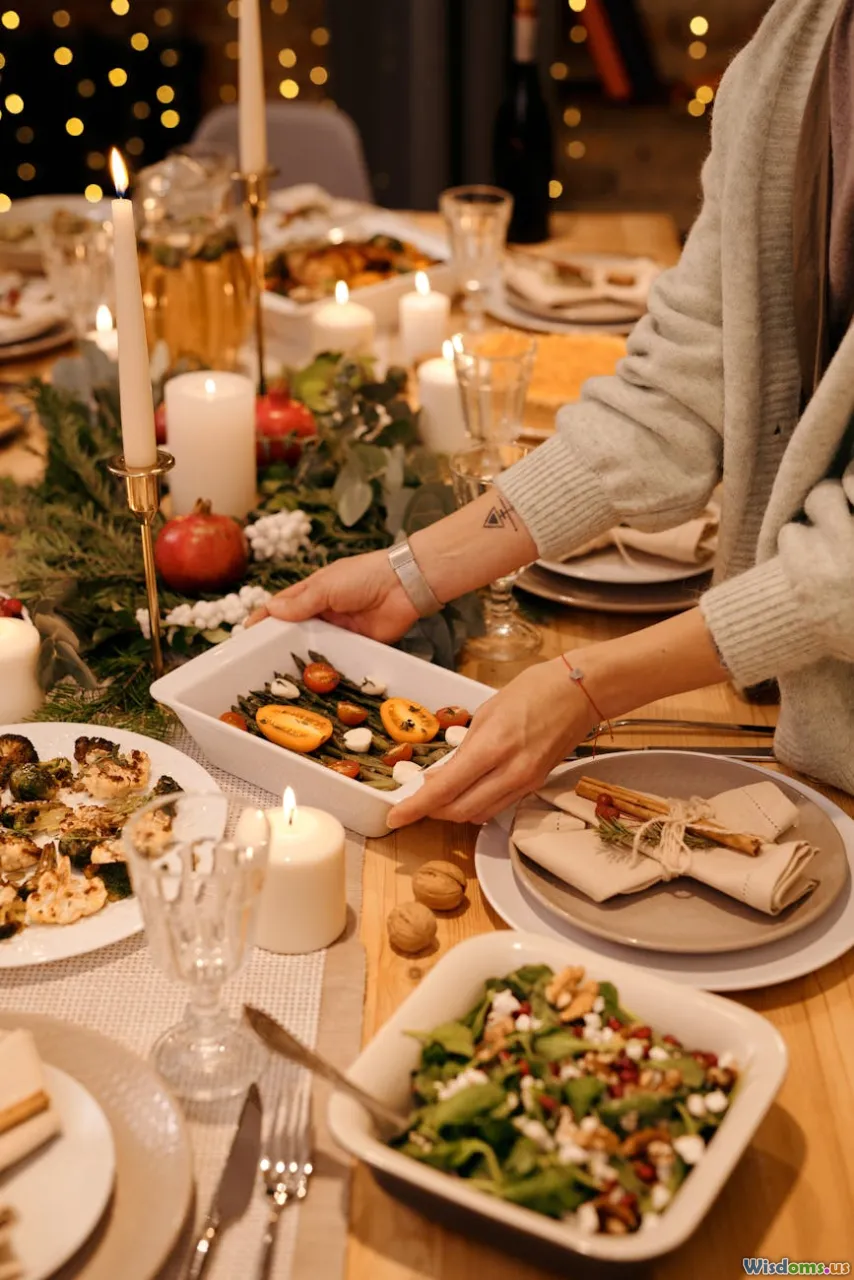
So, can DIY Thanksgiving decor outsell store bought trends? In sheer volume, the giants still dominate due to marketing muscle and supply chains—but the future is tilting. Observers from Handmade Business magazine note accelerated year-on-year category growth for small crafters, and suggest that exclusivity, meaning, and sustainability will outpace price alone for holiday shoppers in coming years.
A "hybrid" approach is also emerging: savvy households mix a handful of high-quality store-bought basics (like chargers or vases) with statement-making DIY pieces, resulting in a celebration that feels both grounded and memorable. Meanwhile, crafters continue to gain market share by emphasizing story, customization, and eco-friendly practices.
As Thanksgiving evolves, decor becomes far more than backdrop—it's an expression of what we value as a culture and individuals. For many families, that means DIY is not just decorating, but a way of making gratitude visible and meaningful.
Rate the Post
User Reviews
Popular Posts












